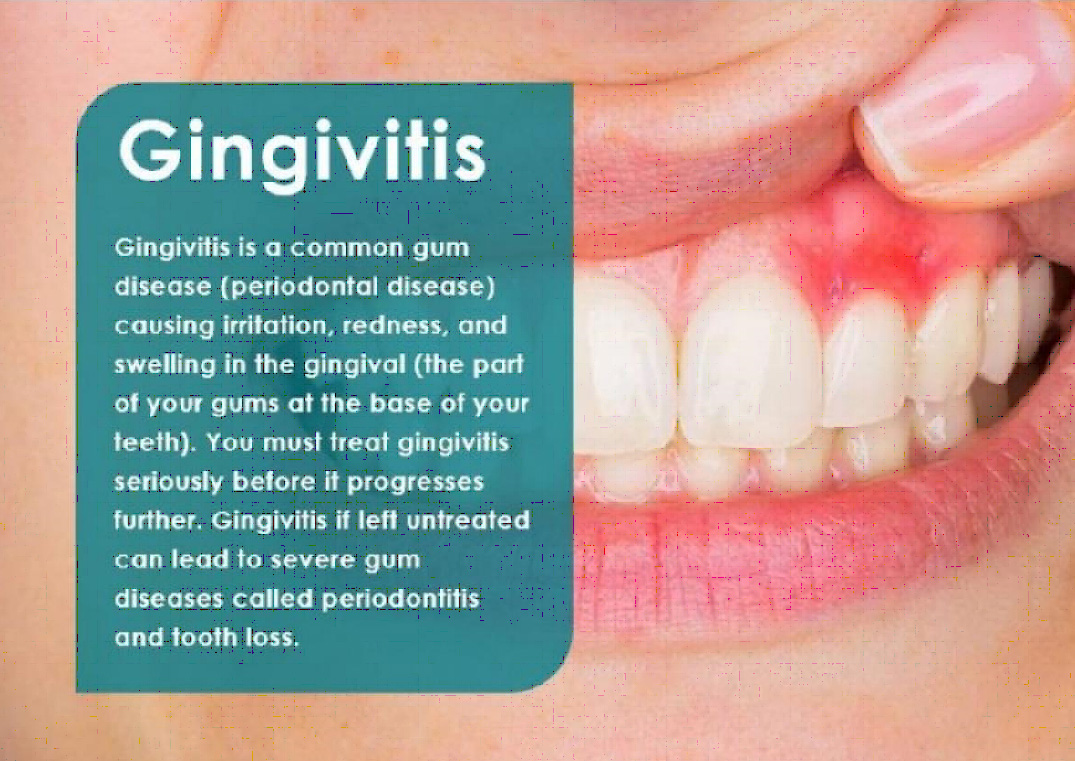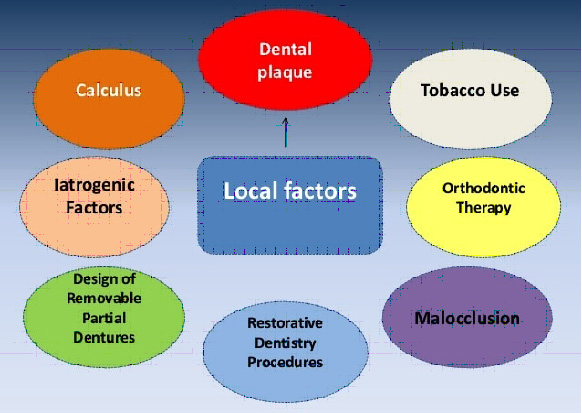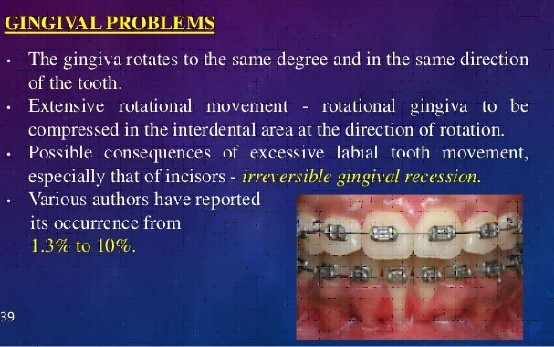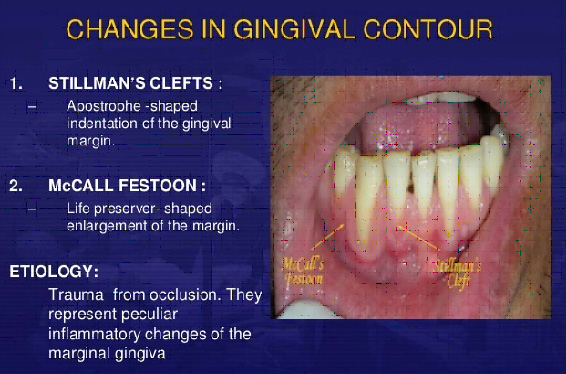- NEED HELP? CALL US NOW
- +919995411505
- [email protected]

A. Gingivitis
B. Periodontitis
C. Gingival hypertrophy
D. Juvenile periodontitis
Ans. A

2. Gingivitis is initiated most frequently by
A. Occlusal trauma
B. Systemic factors
C. Local irritating factors
D. Hormonal defects
Ans. C

3. Which of the following may not be considered as a predisposing factor to gingivitis
A. Hormonal fluctuations
B. Gingival enlargment
C. TMJ disorders
D. Nutritional deficiencies
Ans. C
4. Which of the following is most common in school children
A. Herpetic gingivostomatitis
B. ANUG
C. Gingivitis
D. Juvenile periodontitis
Ans. C
● Gingivitis is at peak level during puberty (12-15 years)
● Neglected oral hygiene and hormonal changes alter tissue response to plaque
● Herpes is common in preschool children
● ANUG is common in young adolescents and pregnant women
● Juvenile periodontitis is also common in young adolescents
5. Which single factor could contribute more to the development of simple gingivitis in children
A. High fever
B. Poor oral hygiene
C. Oral habits
D. Physical nature of food ingested
Ans. B
6. Which of the following soft tissue responses may occur as a reaction to orthodontic bands
A. Gingivitis
B. Gingival fibrosis
C. Ulcerative gingivitis
D. Fulminating periodontitis
Ans. A

7. Life saver shaped enlargement of marginal gingiva is called
A. Stillman’s cleft
B. McCall’s festoons
C. Widow peaks
D. Craters
Ans. B

8. Facial surface of which tooth is most affected by gingivitis
A. Upper first molar
B. Lower first molar
C. Lower central incisor
D. Lower premolar
Ans. A
Facial surface of upper first molar and lingual surface of lower central incisors is most affected by gingivitis. This is due to close proximity to opening of salivary ductsm
9. Radiographs in gingivitis show
A. Loss of alveolar bone
B. Pocket formation
C. Change in bone trabeculation pattern
D. No significant changes from normal
Ans. D
Gingivitis is inflammation of soft tissues only and it does not involve the supporting tissues, so no radiographic changes are seen in patients with gingivitis.
10. Area to be affected first in gingivitis is
A. Attached gingiva
B. Facial marginal gingiva
C. Lingual marginal gingiva
D. Interdental papilla
Ans. D




